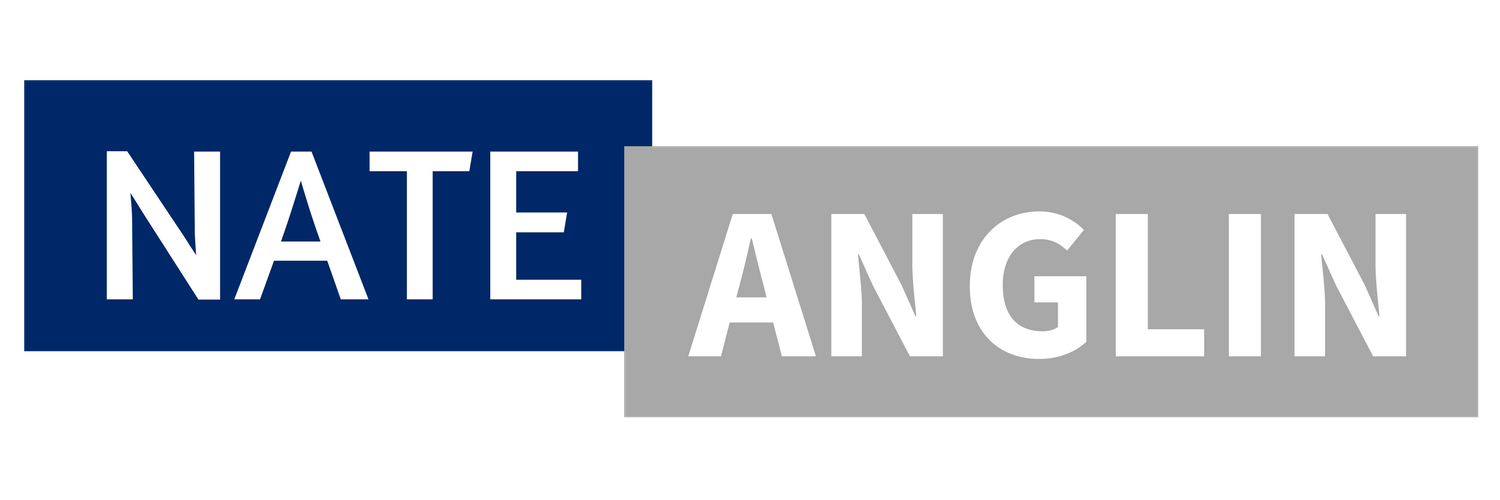The Perfect Training Sequence For Any Skill Development
Learning and training are easy.
What's not so easy is to utilize various forms of training styles, to absorb and execute what you learned.
The method I've used for years was to saturate my brain with information until it began to boil at the point of information overload.
Once I achieved a certain level of anxiety and burnout, I'd execute what I learned, in no particular order.
Training isn't only about knowledge attainment, yet, how you learn, practice, and execute that knowledge.
One without the other is a wobbly three-legged stool, ending with you on your ass.
Here's a training sequence that can be applied to any skill or piece of knowledge you want to acquire.
Plan
It's essential if you want to learn a skill, to break the macro skill down into learning blocks.
If you've set yourself on a plan to learn how to become a better negotiator, becoming a better negotiator is the macro skill.
You need to get clearer.
Planning is essential to knowledge attainment and retention.
If I try to learn everything about negotiation, I'll have developed my skill set, but will be weak on key tactics.
I'm currently learning how to become a better public speaker.
That's my macro skill, as I begin to learn more about public speaking and practice, I get a better idea of the learning blocks I need to develop.
Over time, I'll get more clear on what exactly I need to focus on.
It's okay to start broad and narrow down your focus if you don't yet have a reference point.
Learn
Once you've planned what you want to learn, the next step is to learn it.
I didn’t say this was going to be a post about rocket science.
The learning portion of the training sequence can take many forms. You can read books, take a course, or watch endless YouTube videos.
The learning phase is about knowledge absorption.
You learn about the skill you want to develop.
Set yourself a goal for the learning phase:
How many books do you want to read on a specific topic?
What course do you want to take?
Once you have a basic plan, begin acquiring the necessary knowledge.
Practice
The next step in the training sequence is to practice.
You're going to fail, which is why you practice. It's better to fumble in practice, then the Super Bowl.
To continue with our negotiating example, role-playing with a team member is a great way to practice. There's no risk.
As I develop my public speaking skills, I practice using the Orai app where I speak about a given topic, and it grades me on my clarity, use of filler words, and various other metrics.
Find low-risk ways for you to practice.
Execute
Once you've learned, and practiced, you now need to execute.
Begin to execute in low-risk environments. It'll give you a chance to put your practice into action.
You'll likely stumble in the real world even with all the practice you put in.
As Mike Tyson said,
" Everyone has a plan 'till they get punched in the mouth."
Begin to execute what you've practiced. If you're negotiating, execute what you've practiced in low stakes situations.
Get an idea for what it feels like in an unstructured environment.
For my public speaking, I'll begin to execute at Toastmasters or local Chamber of Commerce events.
Don't spend all your time learning and practicing.
To be great at the skills you want to develop, you have to execute. You have to fail. You have to pick yourself back up, learn from your failure, and keep executing.
Your training sequence is best implemented non-linearly.
Yes, I know that defeats the purpose of a sequence, but stay with me.
The most potent form of this training is mixing these sequences in a non-linear way.
This is what I mean.
If you're developing your negating skills, you'll continue to read blogs posts to build your learning sequence while hiring a coach.
The coach will help you practice and give you more material to learn from to develop a critical micro skill.
He'll invite you onto a Zoom call with other members of the coaching team, where you'll execute your negations skills with strangers.
You'll go into work, role play with a colleague, and continue the cycle.
This is an example, but over time you'll go back and forth between training sequences.
As you train, try to focus on one sequence at a time in the context of a time-block. Don't read for an hour, and then go practice.
Give your mind time to absorb what it just went through.









